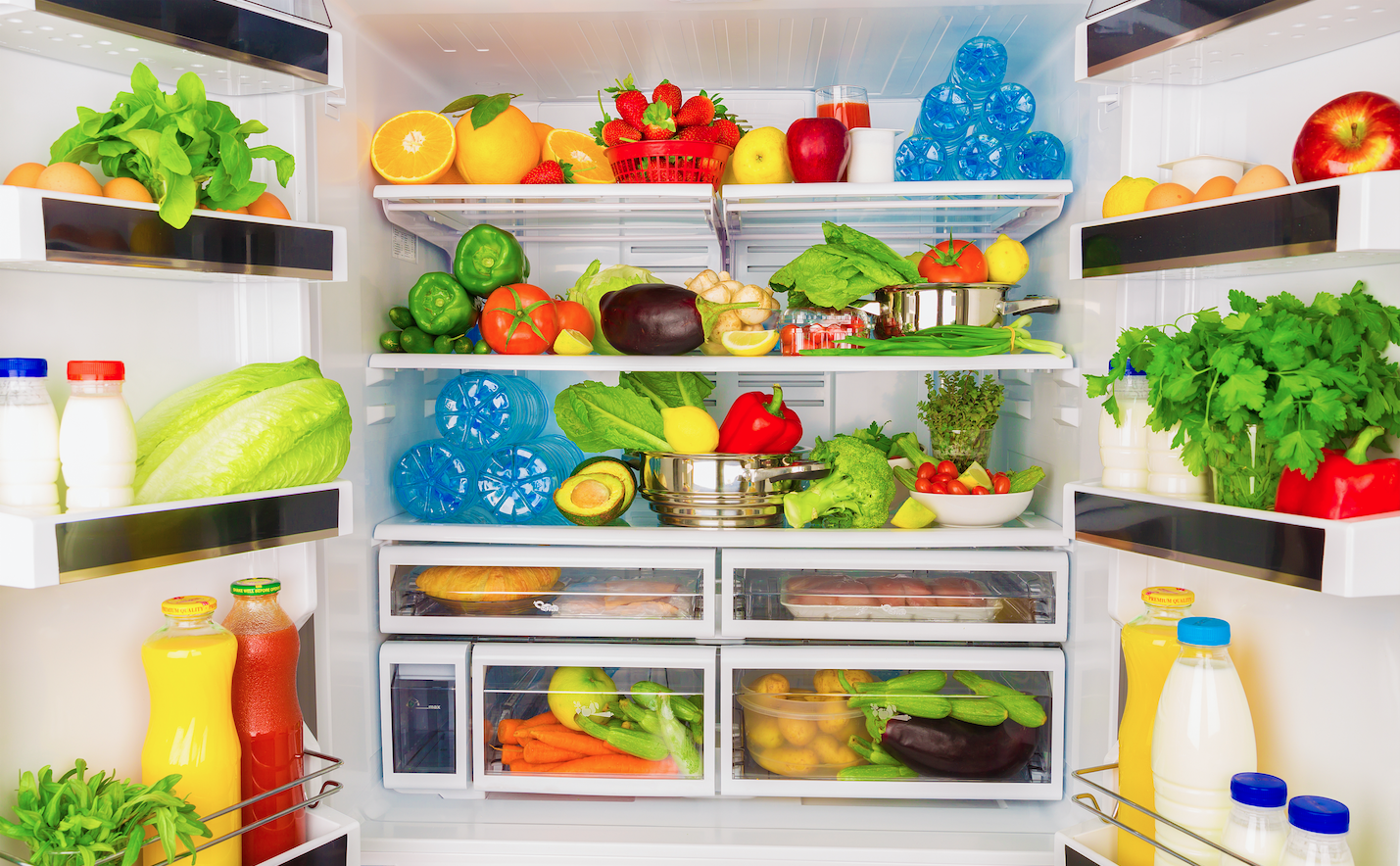We have all done it — agonized over choosing the best produce at the store only to turn around a few days later and find wilted lettuce, herb containers of green slime and fuzzy tomatoes. So how do you keep your groceries from going bad before you can use them? The key to fresh herbs and produce is proper storage.
Produce
When looking to extend the shelf life of produce there are two important factors to consider — temperature and compatibility. According to “Vegetable Love” by Barbara Kafka, some fruits and vegetables are better preserved in the fridge. However, there are also those that are sensitive to cold and should be stored outside of the refrigerator at room temperature. Many fruits also produce ethylene gas as they ripen. Ethylene gas can accelerate the ripening and decay of vegetables that are sensitive to the gas. Keeping gas producers and gas-sensitive produce separate will extend their freshness.
In addition to proper storage, delicate produce like berries and lettuces can remain fresher even longer with a little extra TLC. Berries can rapidly decay even when stored in the fridge. Next time you bring home berries, try a vinegar-water rinse to preserve freshness. Combine white or apple cider vinegar (the vinegar kills bacteria and mold spores that can lead to decay) and water in a 1:10 ratio. Swirl the berries in the vinegar-water mixture for 1–2 minutes, then remove them and place on a paper towel. Dry the berries thoroughly before storing them in an airtight container in the fridge. To extend the life of lettuces, add dry paper towels to the clamshell or plastic bag it is stored in. Replace the paper towels once they become damp. The paper towels will absorb moisture that would otherwise cause the lettuce to wilt.
Store in the fridge
- Arugula
- Asparagus
- Beets
- Berries
- Broccoli
- Brussels sprouts
- Cantaloupe
- Cauliflower
- Cabbage
- Carrots
- Celery
- Chard
- Collard greens
- Cucumbers
- Kale
- Kiwi
- Lettuces
- Peppers
- Plums
- Radishes
- Scallions
- Spinach
- Sprouts
- Summer squashes like zucchini and pattypan
Store at room temp
- Avocados
- Bananas
- Nectarines
- Peaches
- Potatoes
- Tomatoes
- Watermelon
- Winter squashes like butternut and acorn
Gas producing produce
- Apples
- Apricots
- Avocados
- Bananas (unripe)
- Cantaloupe
- Figs
- Honeydew
- Kiwi
- Nectarines
- Peaches
- Plums
- Tomatoes
Gas sensitive produce
- Bananas (ripe)
- Broccoli
- Brussels sprouts
- Cabbage
- Carrots
- Cauliflower
- Cucumbers
- Eggplant
- Lettuce
- Leafy greens
- Peppers
- Squash
- Sweet potatoes
- Watermelon
Herbs
Keeping fresh herbs fresh is achievable with a few helpful tips. Prior to storing, herbs should be washed and well dried. J. Kenji Lopez-Alt, managing culinary director of Serious Eats, conducted an experiment to compare the lifespan of washed versus unwashed herbs that were stored in the refrigerator. He found that washed and well-dried herbs lasted much longer as the debris and bacteria on the unwashed herbs caused them to decay faster. As far as storing your herbs go, Kenji recommends separating your hardy herbs, tender herbs and basil and using different methods for each.
Hardy herbs, like rosemary, thyme, sage and chives, will remain fresher longer if they are rolled up in a slightly damp paper towel, placed in a plastic bag and stored in the fridge.
To maximize freshness of tender herbs, like parsley, cilantro, dill, mint and tarragon, first remove any discolored or wilted leave. Next, trim the base of the stems as you would with a bouquet of flowers. Be sure to remove the rubber band around the stems to prevent them from being damaged. Place the trimmed herbs in a mason jar with 1–2 inches of water in the bottom. Cover the herbs and top of the jar with an overturned plastic bag. Seal the plastic bag to the mason jar with a rubber band and store in the refrigerator. Be sure to replace the water every two to three days.
Basil is best treated just like a bouquet of flowers. Trim the base of the stems and place the whole bunch in a mason jar with 1–2 inches of water in the bottom. Store at room temperature out of direct sunlight. Direct sunlight will damage the plant’s chlorophyll, causing the leaves to yellow. Replace the water every two to three days.
What to do with produce and herbs on the verge of spoiling?
Vegetables can be used in soups, while overripe fruits are best used in smoothies. Herbs on their way out are best used in pestos, chimichurri and soups. And if they are too far gone, you can always add them to your compost bin!
What about storage containers?
Consumer Reports tested seven special food storage containers designed to preserve produce freshness. They found that while several of the containers provided some benefit, the best way to preserve freshness is to store produce properly and use it as soon as possible. Of the containers tested, Consumer Reports found that the Rubbermaid FreshWorks Produce Saver was the best for strawberries, Debbie Meyer UltraLite GreenBoxes were the best for raspberries and the Oxo Good Grips GreenSaver Produce Keeper was the best for salad greens.
Related articles:
4 Classic Champagne Drinks For Any Occasion
How Can You Use Food As Skincare?
7 Winter Skincare Tips For The Coming Season
Champagne 101: Learn About One Of Life’s Elegant Extras
Must-Have Winter Gear For Braving The Elements!

